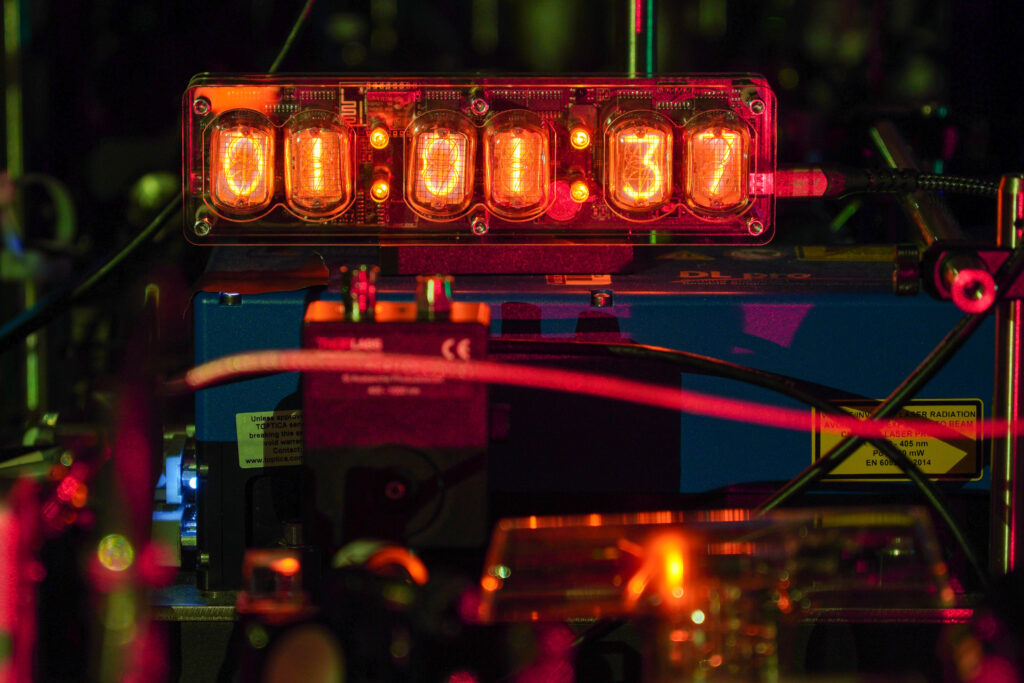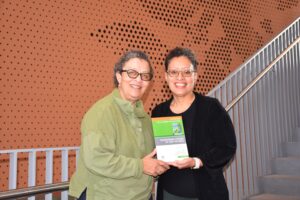
Every time you check the time on your phone, make an online transaction, or use a navigation app, you are depending on the precision of atomic clocks. These clocks, which rely on the “ticks” of atoms oscillating at stable frequencies, are the backbone of modern timekeeping and technology. Now, MIT physicists have made a breakthrough in enhancing the precision of these clocks, potentially revolutionizing their applications.
Atomic clocks traditionally operate by tracking cesium atoms, which tick over 10 billion times per second. However, scientists are developing next-generation atomic clocks using faster-ticking atoms such as ytterbium, which can be tracked with lasers at optical frequencies. These optical atomic clocks could measure time intervals up to 100 trillion times per second if stabilized effectively.
Breakthrough in Optical Atomic Clocks
MIT physicists have discovered a method to improve the stability of optical atomic clocks by reducing “quantum noise,” a fundamental limitation due to quantum mechanics that obscures the atoms’ pure oscillations. Additionally, the team found that a laser-induced “global phase” effect in ytterbium atoms, previously deemed irrelevant, can be harnessed to further stabilize the laser.
The researchers developed a technique called global phase spectroscopy, which doubles the precision of an optical atomic clock. This method enables the clock to discern twice as many ticks per second compared to setups without the new approach. The precision is expected to increase with the number of atoms in the clock, according to their study published in the journal Nature.
“With these clocks, people are trying to detect dark matter and dark energy, test whether there really are just four fundamental forces, and even see if these clocks can predict earthquakes,” says study author Vladan Vuletić, the Lester Wolfe Professor of Physics at MIT.
The Journey to Enhanced Precision
The announcement comes as a significant advancement in the field of quantum physics and timekeeping. In 2020, Vuletić and his colleagues demonstrated that quantum entanglement could improve atomic clock precision by redistributing noise in a way that reveals a clearer “tick.” They achieved this by entangling several hundred ytterbium atoms using a laser in a cavity formed by two curved mirrors.
However, they were limited by the instability of the clock’s laser. By 2022, the team had developed a “time reversal” technique to amplify the difference in laser versus atom tick rates, but they were still using traditional microwaves, which oscillate at much lower frequencies than optical standards.
“When you have atoms that tick 100 trillion times per second, that’s 10,000 times faster than the frequency of microwaves,” Vuletić explains. “We didn’t know at the time how to apply these methods to higher-frequency optical clocks.”
Implications and Future Applications
The move represents a leap forward in making optical atomic clocks more precise and potentially portable. The researchers envision these clocks being used in various locations to measure phenomena such as gravitational waves or changes in the Earth’s crust.
The research was supported by several U.S. agencies, including the Office of Naval Research and the National Science Foundation. This support underscores the strategic importance of developing advanced timekeeping technologies.
According to co-author Qi Liu, “Ultimately, we are looking for the difference of laser frequency and the atomic transition frequency. Our method amplifies this difference above quantum noise, allowing for unprecedented precision.”
“We saw that we can now resolve nearly twice as small a difference in the optical frequency without running into the quantum noise limit,” says first author Leon Zaporski. “This can enable stable, transportable atomic clocks.”
As the world continues to rely on precise timekeeping for technology and scientific exploration, the advancements made by MIT physicists could pave the way for new discoveries and applications. The next steps involve refining the technique and exploring its potential in real-world scenarios.





